Three dear friends, colleagues, and teachers Lior Tzafriri, Aryeh Dvoretzky and Michael Maschler passed away last year. I want to tell you a little about their mathematics.
Lior Tzafriri ( 1936-2008 )
Lior Tzafriri worked in functional analysis.
One of the crowning achievements of Banach space theory is the Lindenstrauss-Tzafriri theorem: A Banach space, each of whose closed subspaces is complemented, (that is, is the range of a bounded linear projection) must be isomorphic to a Hilbert space. This was a long-standing conjecture and, as the authors wrote in their paper published in the Israel J. of Mathematics, the proof is surprisingly simple. One of the tools they used was Dvoretzky’s theorem that we will mention below.
Next I want to tell you about a theorem of Bourgain and Tzafriri related to the famous Kadison-Singer conjecture.
Jean Bourgain and Lior Tzafriri considered the following scenario: Let be a real number. Let
be a
matrix with norm 1 and with zeroes on the diagonal. An
by
principal minor
is “good” if the norm of
is less than
.
Consider the following hypergraph :
The vertices correspond to indices . A set
belongs to
if the
sub-matrix of
is good.
Bourgain and Tzafriri showed that for every there is
so that for every matrix
we can find
so that
.
Moreover, they showed that for every nonnegative weights there is
so that the sum of the weights in
is at least
times the total weight. In other words, (by LP duality,) the vertices of the hypergraph can be fractionally covered by
edges.
The “big question” is if there a real number so that for every matrix
can be covered by
good sets. Or, in other words, if the vertices of
can be covered by
edges. This question is known to be equivalent to an old conjecture by Kadison and Singer (it is also known as the “paving conjecture”). In view of what was already proved by Bourgain and Tzafriri what is needed is to show that the covering number is bounded from above by a function of the fractional covering number.
Michael Maschler ( 1927-2008 )
Michael Maschler was a game theorist. (I mentioned Michael in a post about Rationality.)
A famous theorem by Aumann and Maschler deals with reapeated games with incomplete information. I will describe the simplest possible case.
Start with a two-player game. Each player has a several strategies and any pair of strategies leads to payoffs for the two players. Such a game can be described by a payoff matrix where for each pair of strategies we have pair of payoffs for the two players.
Now consider several twists to this story.
1) The payoffs are unknown: they can be one out of two possible payoff matrices. A priori each of these matrices is equally likely.
2) The game is repeated: it is played infinitely many times (with the same payoff matrix.) The overall payoff for a player is his expected payoff and he gets it only “at the end”. The players do not see the payoffs; they only see how the other players play.
Now suppose one player has secret information and knows which of the two payoff matrices is being played. Aumann and Maschler described situations where the player is better off ignoring his secret information (in order not to expose it) and situations where he is better off using his secret information, and also intermediate scenarios. But a major insight from their theory is that whatever part of your secret information you use is eventually revealed!
Michael Maschler and Micha A. Perles discovered a very interesting solution concept, the subadditive solution, to the Nash bargaining problem. The Nash bargaining problem can be described as follows: Given a compact convex set in the positive orthant you consider the following scenario: If two players can agree on a point
then player I will get x dollars and player II will get y dollars. If they fail to agree they both get 0. John Nash posed several axioms for a solution concept which lead to a unique solution: the point in
with maximum value of
. Another set of Axioms leading to another solution concept was proposed by Ehud Kalai and Meir Smorodinsky. Maschler and Perles introduced the following axiom: The solution for K+L dominates the solution for K + the solution for L. They identified a new and beautiful solution concept.
Aryeh Dvoretzky ( 1916-2008 )
Aryeh Dvoretzky, my academic great-grandfather, worked in Analysis and Probability Theory.
The famous and beautiful Dvoretzky’s theorem asserts that every centrally symmetric convex body in sufficiently high dimension has an almost spherical section. This was a conjecture of Grothendieck (and there is some evidence that the proof by Dvoretzky was one of the reasons Grothendieck moved to other areas.) It is one of the most fundamental and useful results in Banach space theory and convexity. More precisely Dvoretzky’s theorem asserts that a random dimensional centrally symmetric convex body has a
-dimensional section whose “distance” from a ball is at most
and
.
As a matter of fact, a random section will have this property with high probability.
Dvoretzky, Erdos, and Kakutani discovered several seminal properties of Brownian motions. A famous result they proved in 1961 asserts that Brownian motions never increase. (or more precisely, almost surely have no point of increase.) In 1996 Yuval Peres found a simple proof for this theorem on Brownian motions and Aryeh was very happy about it.
Some more material: Aryeh Dvoretzky Obituary in Isr J. Math and in Haaretz (Henbrew). Lior Tzafriri obituary by Prof. M. Zippin. More can be found in the “in memoriam” page of the HU Mathematics Institute. A drawing of Lior by a student. Michael Maschler in memoriam.


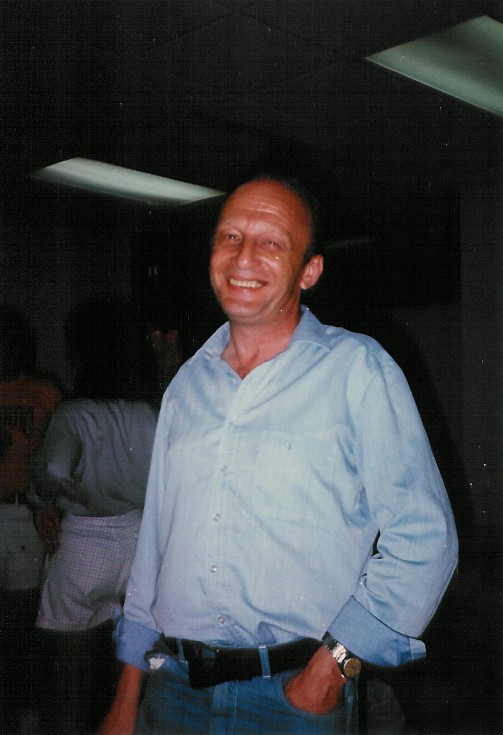
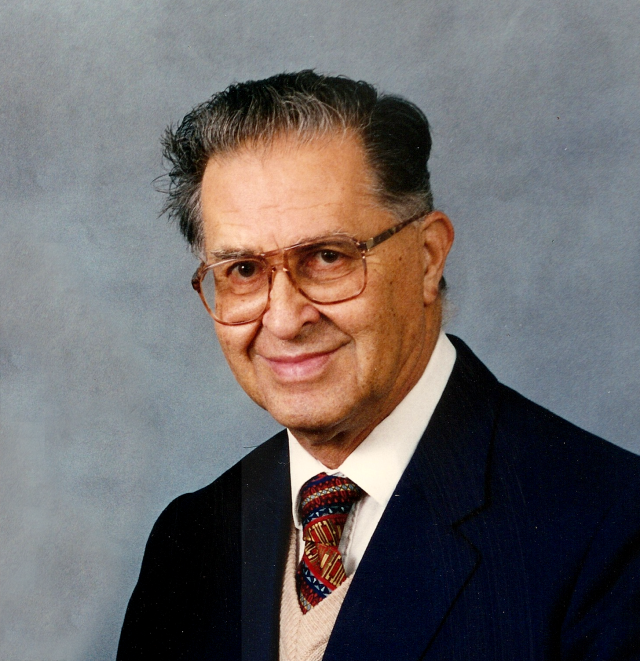
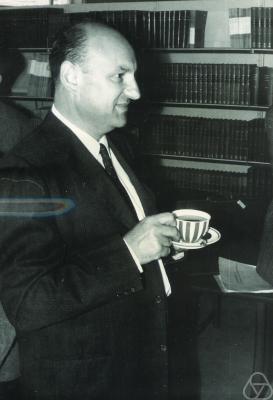
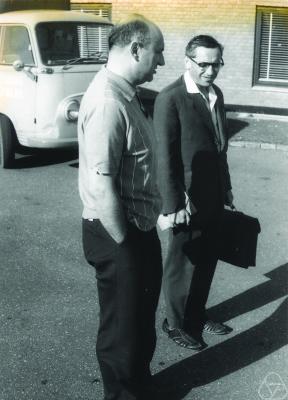

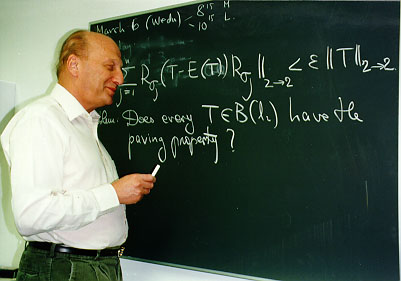
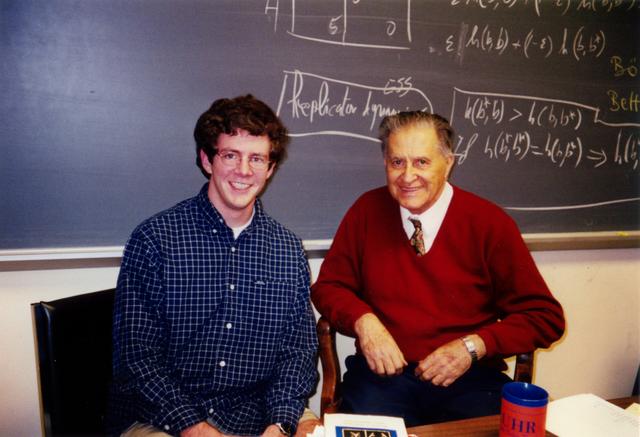
Thanks for the personal glimpse into these mathematicians’ lives… and thanks for the blog that, in addition to its mathematical interest, is always warm-hearted (and well-illustrated).
Dear Gil,
I heartily second Andy D.’s comment above, and wish you and the blog a happy 2009!
Mathematics i thought was the hardest subject and this is the reason why i really have revered those who are masters in this subject. Reading about the mastery of these friends has really caught my attention. This online memorial website gave me a great insight into the lives of these great friends.
Aravind and Andy, thanks a lot. Indeed Happy New 2009 everybody! (But a few 2008 posts are still coming.)
Yuval Peres told me yesterday a couple of wonderful stories on Shizuo Kakutani, and in particular one story about the Theorem of Dvoretzky, Erdos and Kakutani. At that time Dvoretzky visited NYC and had an appartement there, Erdos stayed with him and Kakutani drove down from Yale. They spent all day working on the problem and by late evening they found a wonderful proof based on subtle generalization of the “reflection principle” that Brownian motions do have almost surely points of increase. Then Kakutani went down to his car but the car did not start. It was too late to do anything about it so Kakutani stayed at the appartement and then the three guys talked about some subtle points in the proof that needed fuller clarification and by 4 a.m. they had a complete proof that Brownian motions almost surely do not have points of increase! Next morning Kakutani went to the car and it did start.
For more on this story: https://imstat.org/2019/11/15/the-curious-incident-of-the-car-in-the-night-time/
Pingback: Vitali Fest « Combinatorics and more
I had been colleague with Lior during 1955-58 at the Faculty of Mathematics and Mechanics of the University of Bucharest in Romania. Certainly, Lior was very bright and gifted, awfully hard working, incredibly ambitious and competitive. Also, he was rather abrasive and cynical in his social contacts. Later, I met him twice for short moments at the Hebrew University in Jerusalem in Israel, in 1974 and 1977, and I noted that his mentioned earlier features were unchanged.
What I am writing about him is by no means to denigrate him in the least. Instead, it is rather meant for outstanding young mathematicians, like Lior himself had been in the 1950s and 1960s, and who just like Lior at the time, may feel nowadays that life is very harsh and treats them in a totally unfair manner. Needless to say, in most cases such a feeling may be perfectly justified. And clearly, so it was in the case of Lior, or for that matter, of myself as well.
What is wrong, however, it to allow oneself to react improperly to such a situation, let alone, to over-react. And intelligent and high energy people can hardly, if at all avoid not to react strongly to bad circumstances, even if strong reactions can so often be quite wrong.
It may be quite instructive to note that Lior, Michael and Aryeh who passed away in 2008, were respectively 72, 81 and 92. In this respect, Lior was indeed far too young to pass away.
But then, it may be that, when compared with the other two, he had been the one who had most strongly reacted to the harsh circumstances of life, and did not know it well enough that such a reaction may be quite dangerous to oneself.
Indeed, here is precisely one of the more important paradoxes in the life of exceptional people : how to survive in hard times, and do so as to bring the least damage to oneself by one’s reactions to the general situation.
In this regard, one can recall the recent story of the relatively young Grisha Perelman who solved the Poincare Conjecture. Are the conditions of his life very hard ? Yes indeed, they are. And is he reacting to them properly ? Well, I am very much afraid that not …
His, and many far less well known similar cases are precisely the issue which I tried to address, and which we, all of us, should try to address … And let us hope that it is not so impossible to do so …
Pingback: The Kadison-Singer Conjecture has beed Proved by Adam Marcus, Dan Spielman, and Nikhil Srivastava | Combinatorics and more
Pingback: Abel in Jerusalem – SUNDAY, January 12, 2020, and other events | Combinatorics and more